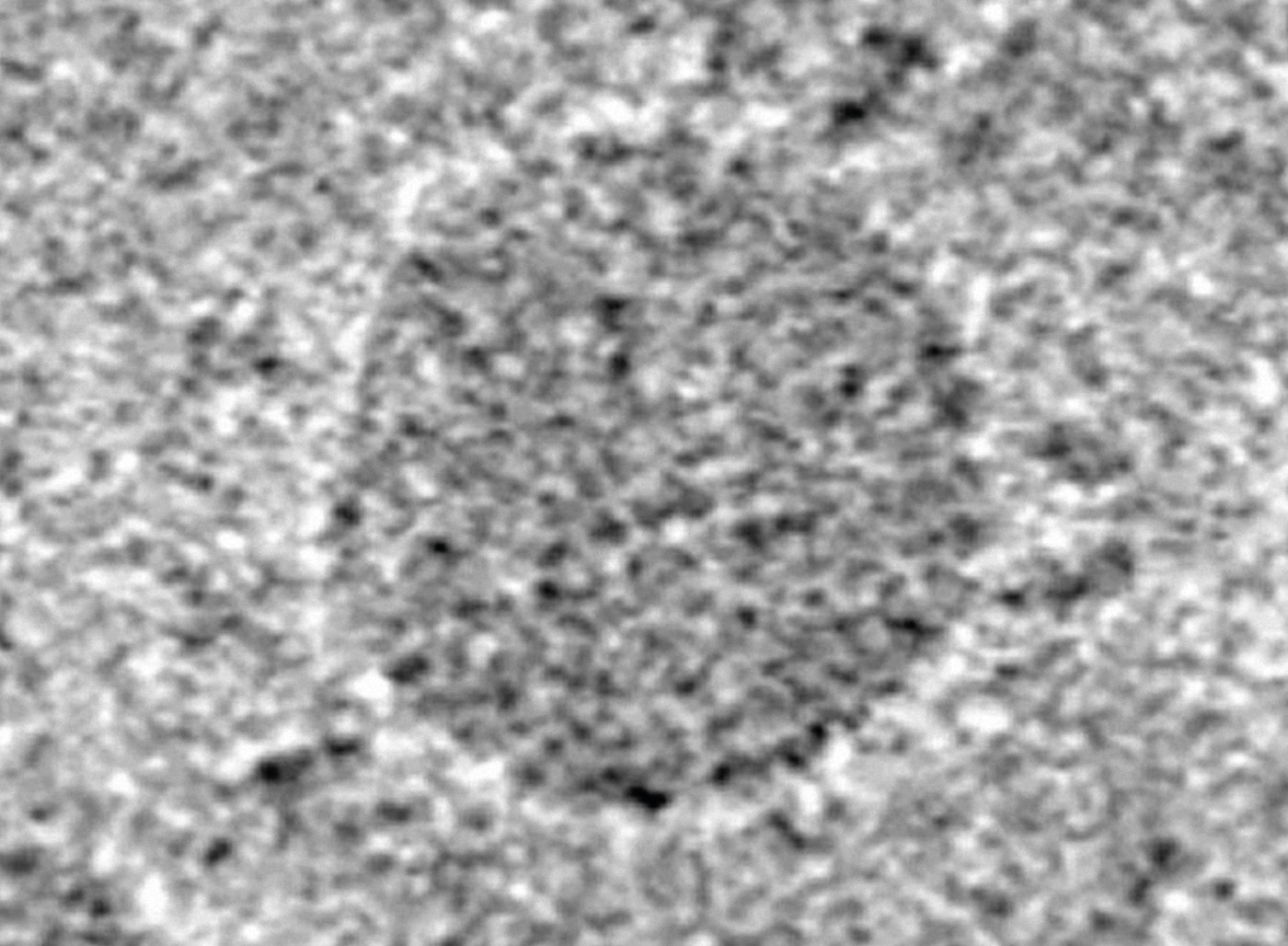Understanding how mosquitos handle viral infections could reveal new routes to preventing the spread of mosquito-bourne viral diseases.
Dr David Warrilow from the Queensland Department of Health and Dr Dan Waterson from the University of Queensland (UQ) worked with researchers from around Australia to investigate a new species of mosquito virus discovered in Darwin. Casuarina virus, as it has been named, is a member of the family Mesoniviridae. This is the first report of a mesonivirus in Australia.
Cryo-electron microscopy in the AMMRF (now Microscopy Australia) at UQ showed that the viruses are spherical particles 65 nanometres in diameter with 15 nanometre long club-shaped projections on their surface. The team also sequenced the RNA genome of this virus, which, along with the microscopic structural information builds a detailed picture of this new virus. It suggested that the projections consist of three copies of the protein arranged together and set into the virus’s lipid coat. Surface proteins make a virus specific to its host by only recognising and sticking to complementary proteins on a particular cell type in a particular range of organisms.

Cryo electron micrograph of a casuarina virus particle showing surface projections. Scan the QR code to see sequential views of a virus particle.
Casuarina virus doesn’t seem able to infect vertebrate cells or to be associated with any disease. However, it may be able to prevent mosquitoes being infected by other viruses, which makes it a potentially valuable tool in the fight against mosquito-bourne viral diseases.
October 24, 2014